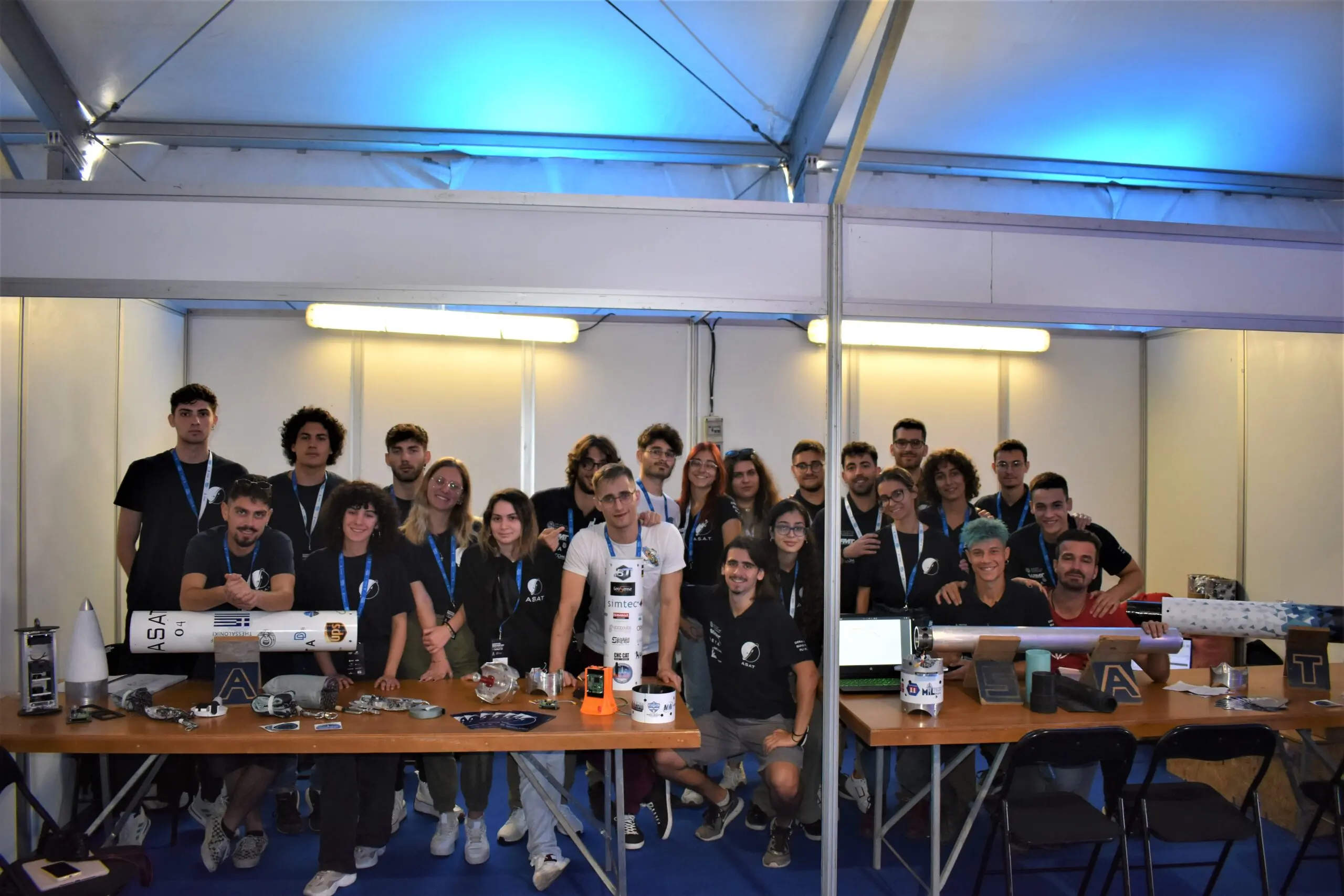Structural Subsystem
In CubeSats, structural engineers are trained to design the ‘bones and muscles’ that create the form and shape of the nanosatellite. In more detail, for AcubeSAT, the subteam members had to carefully design both the exterior and the interior part of the nanosatellite.
The exterior part of the nanosatellite is constituted by the frame while the interior one is constituted by two parts; the upper and the lower. At first, the upper part of the nanosatellite is where the PCB’s (Printed Circuit Board) assembly is placed, while the lower part is the one where the vessel is placed. The PCBs are necessary for electronics as on them are found all the necessary components (sensors, connectors, switches) which execute a device’s orders and additionally it’s where all the connections are being made.

The nanosatellite, in order to serve its purpose, has to communicate with the ground station and in successfully doing so, its antennas (patch and deployable) should be located on its upper part. Taking this into account, the communications PCB will also be on the upper part of the nanosatellite, as to be close to the antennas.
Moving on to the lower part of the nanosatellite, here there is the vessel and the unibody. For designing the vessel, the subteam had to consider what would be the ideal shape in order to place and secure the Unibody inside it. After careful consideration, the subteam decided that flat surfaces were needed. So neither a cylindrical vessel nor a rectangular one was an option since pressure stresses would gather on the corners of the vessel. The final shape that the subteam decided that would be the ideal is the one where the corners of the rectangle are rounded.

Inside the vessel, the unibody is placed. The unibody’s purpose is to keep all the payload’s components in a fixed position, in order for the team to successfully observe the biological experiment that the nanosatellite carries. In other words, the Unibody can be described as a case for all integral components of the experiment. The subteam aims to manufacture this with the use of a 3D-printer and the material that will be used is the ULTEM 2300.

The final and most important step of this subteam is the nanosatellite’s final design. After cooperation with the rest of the subsystems, the structural subteam has to ensure among other stuff, the effective positioning of the panels, antennas and payload’s PCBs as for them to communicate with PCBs outside the vessel. A critical point in the design procedure is the positioning of the pressurized vessel which contains our mission experiment. Moreover, the frame, as well as all parts must be considered whether they will withstand the stress that our nanosatellite will receive during its launch. For this reason, the next and most important step, after the design procedure, of our subsystem, is the conduct of FE analysis (FEA) as well as future tests and experiments.





